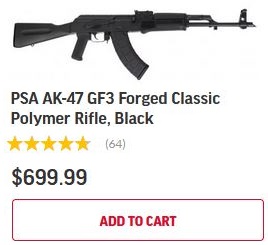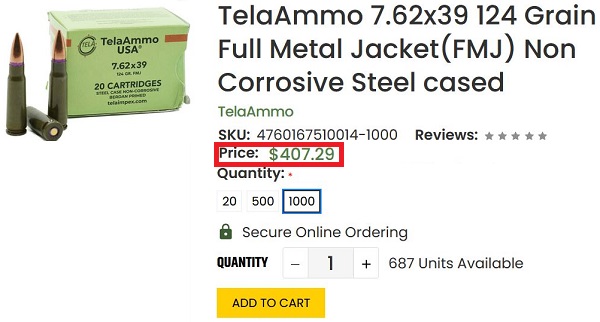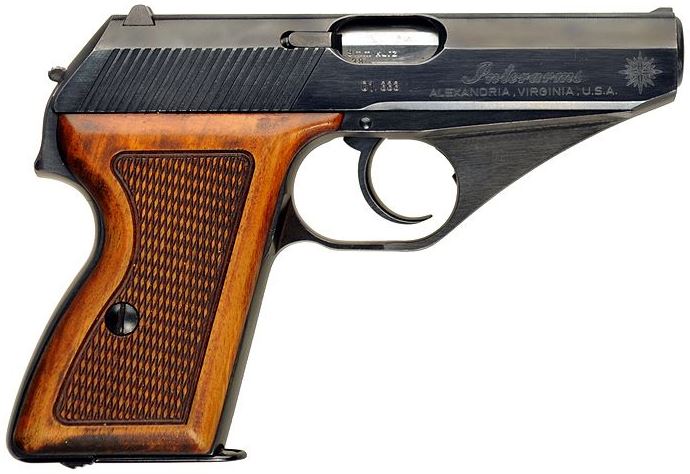Through ways too complicated to explain here, I came upon this beast:
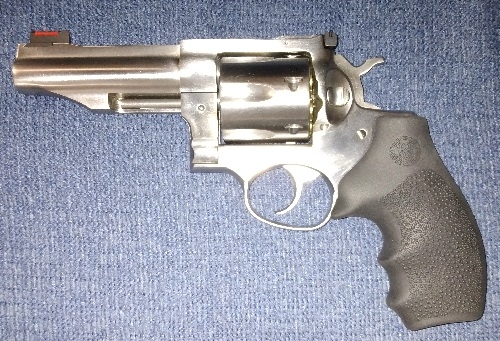
…so I took said beast off to the range a couple days back because of course I would.
This Ruger Redhawk is chambered, as in the title, to shoot the manly .45 Colt/Long Colt cartridge, and .45 ACP with the use of moon clips.
Here it is, with the S&W K-frame Mod 65 .357 Mag and minuscule J-frame Mod 637 .38 Spec, by comparison:
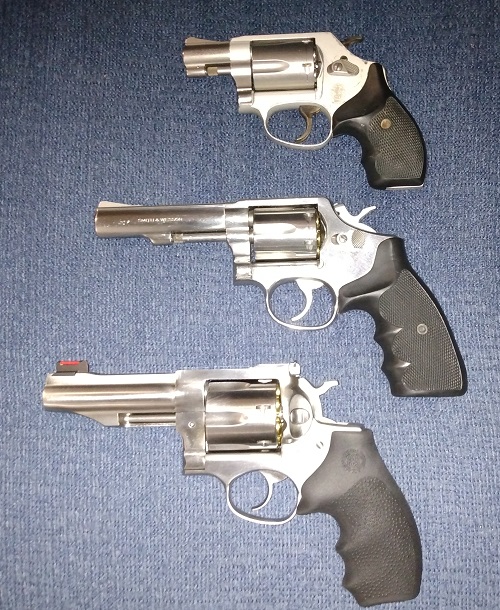
The Redhawk, as they say, is a handful — almost more than a handful even in my paw.
“So how does it shoot, Kim?”
Well, it has the typical Ruger trigger: very stiff (but smooooth) double action (maybe 15lbs), and a slightly gritty single-action pull of about 3-4lbs, best as I can guess. I see LOTS of dry-firing ahead, or maybe a trigger job is in its future.
As for recoil: .45 Colt 250gr ammo beats the shit out of my creaking wrists, and the lighter 200gr only a tad less. Were I to press it into bedside duty (to replace the Mod 65), I’d load it with the 200gr boolets. However: using my standard Norma 175gr .45 ACP rounds (what I load in my 1911) in the moon clips, it is an absolute joy to shoot, for so big a revolver.
Accuracy is about what I can shoot, i.e. not bad for a first time: 2″ groups at 30 feet, with the occasional flyer. (I’ve shot the equivalent S&W Mod 625, but over twenty years ago and I can’t remember it well enough to make a comparison.) Also, that 4″ barrel does have its limitations; a 6″ barrel would be better, but man that would make it even bigger and heavier.
Which brings me back to the Redhawk’s size. It is seriously big, and almost too big for me; but that weight does help soak up recoil, oh yes it does.
Ordinarily, I’d be a little torn about keeping a gun that (for me) is a little marginal, what with its size, recoil and stiff trigger. Any one of those is usually cause for a swap meet; all three? Hmmmm.
And yet: there is something about holding in your hand a gun that is indestructible, and that will handle anything you can load into it with consummate ease and reliability. Because if ever I venture into wild country with big bad toothy animules that want to eat me or worse, I would load up some Buffalo Bore monster +P 300gr loads, and feel very adequately well-armed, with a gun that just will not break under the stress thereof.
That is a Ruger Redhawk, and that is why I’m going to keep it.
A quick word about the new range. Since I moved away from Plano, my old stamping ground at the Mission Creek range proved to be just too far for a weekly trip.
However: allow me to introduce y’ll to Texas Legends in Allen TX. Lovely new range, it is, staffed by silver-haired old farts who are pleasant and only too willing to sit and chew the fat awhile. And they’re not fussy about what guns and what ammo you shoot (CCI Blazer and its ilk is verboten only because the aluminum casings are non-magnetic and difficult to pick up.) No 100-yard range, but a 3-bay 50-yard rifle-only range is just fine for my needs.
And if you get there between 10am and 1pm during the week, there’s a 50% Old Fart discount. I spent less than $15 with a target. This is going to cost me a ton from now on, not in range fees but in ammo.
Starting tomorrow.
Hey, it’s a shitty life, but someone has to live it.







